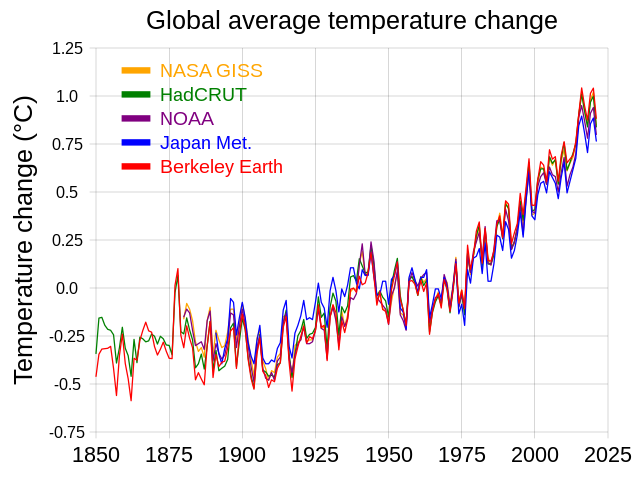New research from the University of Georgia suggests that age and risk perception may have the same impact on acceptance of the COVID-19 vaccine as party affiliation.
“There has been a lot of attention paid to political ideology as a barrier to the adoption of the COVID-19 vaccination,” said Glen Nowak, corresponding author of the study and a professor at the Grady School of Journalism and Mass Communication. “In our research, we found that this is not so true as people age. Current CDC coverage data confirm this. People aged 65 and over are almost universally vaccinated, especially when you start reaching 75 and over.”
A nationally representative survey of more than 1,000 people examined how demographic characteristics—such as age and gender, political ideology, and preferred news sources—relate to views about COVID-19 and intention to get vaccinated.
Respondents aged 50 and over believe they are more at risk of severe illness from the coronavirus. They were more worried that contracting the virus would have a negative impact on their daily lives.
Younger Americans were less likely to believe they were at risk of serious illness. They are also less likely to worry about contracting the virus and less likely to be informed about the latest news related to COVID.
“When we look at 18- to 29-year-olds, it’s not surprising that they’re the group with the lowest overall rates of covid vaccination because they’re not the group that’s suffering serious illness and death from covid,” said Nowak, who also serves as co-director of the Center for UGA Health and Risk Communication. “Are there examples of this? Definitely. However, it is relatively rare. I think a lot of people in that age group understand that.”
More COVID-19 information isn’t always better
A study published in the International Journal of Strategic Communication found that political affiliation and where participants got their news were the most consistent predictors of how an individual felt about their level of risk for COVID-19 and vaccination intentions. To see also : Authorities warn of an increase in E. coli infections.
Liberals in the study saw the virus as a greater threat to their daily lives than conservatives. They worried about getting sick, believed the symptoms would be serious, and expressed concern that they might pass the disease on to others. They were also more likely to accept the vaccine and trust authorities like the CDC and FDA.
Both liberals and moderates believed that health care and treatment would be more difficult to access than conservatives.
Many people who … said they looked at a wide range of information sources were less confident and more uncertain about the vaccine and its value.” —Glen Nowak, Grady College of Journalism & Mass communication
Surprisingly, people who say they get their news about COVID-19 from a variety of sources, both conservative and liberal, are more likely to be hesitant about the vaccine than those who stick to fringe news sources.
“If you had asked us before we did this study, we would have said pretty confidently that people who studied a wide range of information were much more likely to get vaccinated and had much more confidence in the vaccine,” Nowak said. . “What it suggested was in many cases the opposite. Many people who have tried or said they have looked at a wide range of information sources have come away less confident and more uncertain about the vaccine and its value.”
Public health should tailor messages to the right audiences
The differences between participants on the right, left or center underscore the need to tailor COVID-19 messages to different populations, Nowak said. Read also : Department of Health News.
Those who are not in the high-risk category, such as young adults, quickly realize that they are unlikely to actually contract the coronavirus and largely abandon public health education efforts.
Communication with this population should focus on more realistic situations for them, Nowak said. For example, point out that there are no great treatments available to treat patients if they are one of the few who require hospitalization.
“These data show that you cannot expect the interest and attention of younger people and those less affected by COVID-19,” Nowak said. “It’s a good reminder that we can’t just blurt out, ‘We should all be afraid of contracting the severe disease COVID.’ This is not an effective communication strategy.”
This study was co-authored by Michael Cacciatore, an associate professor at Grady College and co-director of the Center for Health and Risk Communication.




